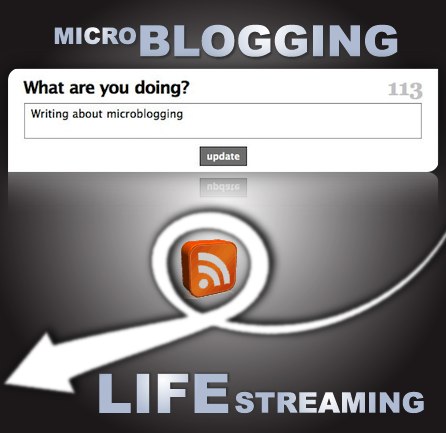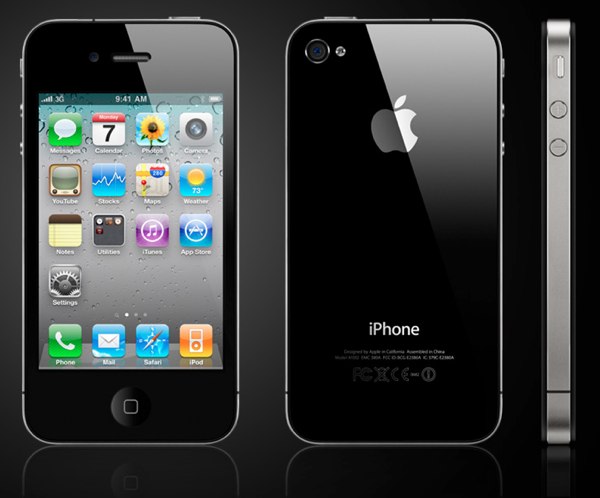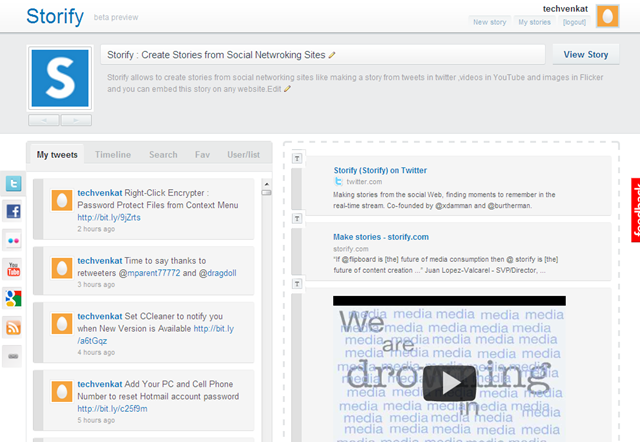Microblogging is an increasingly popular platform not only for social purposes, but for journalism as well. Microblogging is to regular blogging as text messaging is to email. It allows the user to send out the same information as a blog except in smaller doses. Twitter is the most popular example of a microblog. The implications of microblogging on the social and journalism world, however, are large.

Social implications
Microblogging allows people to connect and share every little piece of information about their life without it seeming boring or narcissistic. Users are able to do because they’re displaying their information to large audience where it is likely at least some will find their updates interesting and if not, they can ignore and forget about it.
While small pieces of information about someone’s life may seem unimportant, if you want to catch up with a person then researching their past updates is a simple way to find a conversation starter.
Journalism implications
For journalists, microblogging allows the most intimate connection with their audience. The ability to communicate with your audience and have them communicate back allows the public to help shape the news and become more a part of the news-making process than ever before.
Microblogging is also great not only for releasing breaking news, but finding breaking news. Instead of finding breaking news, interviewing people, typing the story, editing it and then posting it in paper or on a blog; microblogging allows instant distribution of the most important parts of the story.
For journalists in search of news, microblogging is useful because they can find breaking news from the public the instant it happens and possibly turn up a story faster than the other reporters. Without microblogging news would take longer to find and to release to the public. In cases of emergency, this time delay can mean the difference before life or death.







